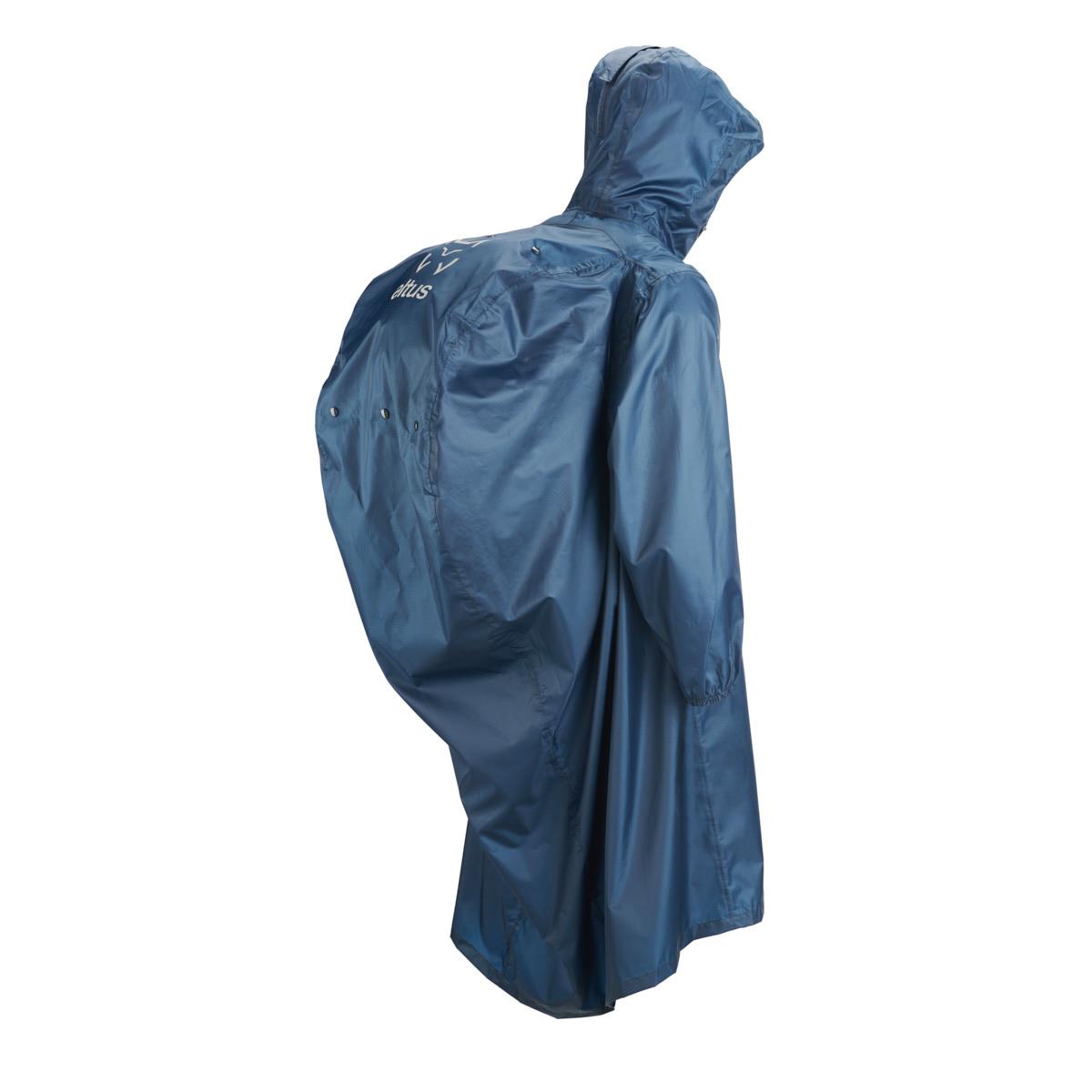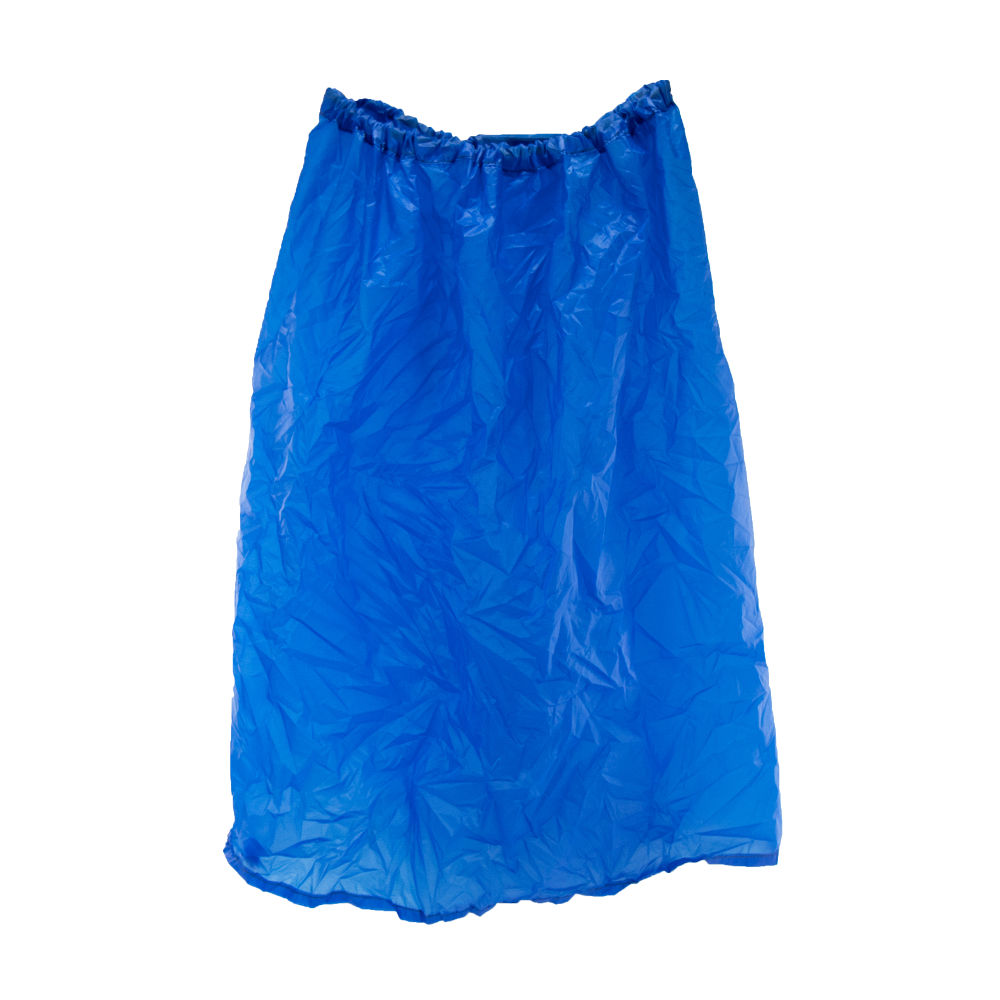Hi all, I’m going to walk the Camino Ingles in less than a month in Galicia. That means a lot of rain is expected!

️
So far I bought the following gear for rain:
I have been testing this equipment in the Dutch rain and I have been positively impressed so far.
However I have a few questions for you, Camino experts!
- What do you think of the above mentioned equipment? Can it stand the Galician rain?
- Anything that might be missing for the rain?
- Do you have any advice for waterproof gloves too?
- Is there such thing as a waterproof pant that can be used instead of wearing rain pants on top of normal pants?
I walked already five caminos in the past, but this will be my first in this season of the year, so it will be something new for me.
Thank you in advance for the answers!

From a Past Post I made:
Water can enter trail runner shoes, hiking shoes, or backpacking boots through any opening during a rainstorm, when walking through wet grass and brush, or drench into them if you walk through puddles or other standing water along the Camino. A High leather boot that is properly treated with a leather conditioner such as Sno Seal has the best chance of keeping a foot dry. However the trade-off is a much heavier pair of footwear, which has its own drawbacks.
There are two potential remedies to this problem, neither of which is always effective.
- First, you can try keeping rain pants over the tops of shoes, so the water runs down the pants past the opening. But this system can be uncomfortably hot in warm weather during rain-soaked conditions. It offers no protection for puddles or having to cross water runoffs on the pathway.
- You can try using a footwear with a waterproof gaiter or some other waterproof cobbles -- like thick plastic bags. I have not often seen a gaiter or other waterproof trapping that would both keep the water out and keep the feet dry.
“Waterproof” shoes are a misnomer for several reasons.
- They can fail as the materials simply don’t work over the near and long term due to the difficulties of application and coverage of all areas of the footwear sufficiently. Seams for example.
- The waterproof coating or laminate in the shoes does not last. Some manufacturers of the lightweight trail shoes, which are usually constructed as a hybrid of fabric and leather, have treated them with a coating which can quickly wear off. It also keeps sweat in the shoe and your feet get soaked in sweat. Fairly quickly, coatings break down and will no longer be waterproof.
- Footwear which relies on a “Gore-Tex” style of waterproof/breathable laminate will break down through both wear and tear and dirt buildup on the material which renders it ineffective.
When I’ve tested so-called waterproof / breathable fabrics in shoes for various manufacturers, their actual performance never matched what was claimed. My reports to their QA departments have always reflected these weaknesses as found during testing. Sometimes a shoe will start the test period working fairly well under a narrow range of wet conditions, but as the testing progresses the failures increase.
Waterproof/breathable membranes, like Gore-Tex, are only marginally breathable — water vapor from perspiration does not pass through the fabric as efficiently as is claimed. It can't. Unlike outerwear, the shoe material radically inhibits the ability of the membrane to allow water vapor to escape, thereby trapping it in the shoe.
So, on warm days the experience of having sweat being trapped in the shoe is common. Combined with the fact that the fabric waterproofing is quickly damaged by dirt, sweat, grime, and abrasion and it’s only a matter of time before exterior moisture begins penetrating the fabric and allowing feet to get wet from outside moisture as well.
This is why most experienced trekkers and backpackers no longer go to great lengths to keep feet dry. They accept that when the weather is wet, feet will also get wet. Even the US military uses footwear for wet conditions which is not waterproof. The strategy is how to minimize any problems when feet are wet.
In working with folks new to backpacking who ask about waterproof footwear recommendations, I have asked why they wanted waterproof shoes. Sometimes, they will look at me as if I had spaghetti sticking out of my nose. Most will answer that they think their feet will stay dry, and that having wet feet is akin to getting into horrible trouble.
This post is meant to help inform, reassure, and give a different line of thought and reasoning to this issue.
Understand that I LIKE
to have dry feet. I always try to avoid wet feet. I have tried many ways to keep my feet dry:
- “Waterproof” shoes, which, as I’ve said, don’t work well.
- “Waterproof” socks, which don’t work for similar reasons: shoes still get wet, and feet soak with sweat. However – In cold weather these soaks can be the basis for use as vapor barriers for warmth conservation of the feet.
- Wearing multiple pairs of socks, frequently changing from wet to dry, which eventually all get wet.
- Carrying multiple pairs of shoes, which eventually all get wet, too.
I have never had total success at keeping my feet dry in very wet conditions, which led me to research what has been done to develop effective strategies. If I can’t keep my feet dry, then I need to try and eliminate or minimize the risk of any of the bad things that could occur to my wet feet when walking.
Some of these lessons I learned while in Vietnam…. Like the fact that our boots had fabric tops and numerous holes in the thin leather bottom portions so that water drained out quickly and never sat in the boots.
What are the most frequent and problematic 'bad' things?
- Maceration is the medical term for pruning, where the skin’s outer layer absorbs a lot of moisture and gets “soggy” from that moisture. The skin gets sore and extremely soft which makes it more prone to blistering and developing other problems.
- Cracking of the skin when the macerated feet dry. The natural moisture and oiliness of the skin is gone. The severity depends on how much stress the skin is exposed to after it is dried out.
So, what does work for me, and others, if I am going to be walking or backpacking in wet weather?
- Apply a good, thick coating of a Goop (ointment or salve) to my feet and between toes before putting on socks and shoes in the morning. If rain occurs later in the day, then remove shoes and socks and do the same. This helps protect from external moisture.
Goop which has a high content of wax – either bee or paraffin – is most ideal, especially if it also has a high lanolin content.
- Wear non-waterproof shoes which can drain and then dry out quickly. This minimizes the amount of puddling in the shoe that bathes the feet in moisture. Modern trail running shoes, and trail shoes often have nice open mesh fabric which is terrific for draining water.
Non-waterproof shoes will also eliminate moisture from sweaty feet. Remember, it doesn’t matter what the source of the moisture is that feet are exposed to: be it rain or sweat, each can cause the same problems.
- Wear thin, light-cushioned merino wool socks, which don’t absorb as much water as thicker socks. Merino wool will also keep wet feet warm and comfortable in most seasons and temperature ranges, unless the weather is frigid winter-cold.
- Take off shoes and socks to let feet air dry during rest stop that will be longer than 20 minutes.During this time, I will wring out any excess moisture from the socks, but I will not put on either of my dry pairs (I take three). I will also wipe off moisture on my feet and then reapply a goodly amount of Goop to my feet to help keep them from becoming macerated.
- When stopping for the day, apply Goop to the bottoms of feet, both before and after showering.
- Carry an extra pair of insoles. These insoles do not have to be your preferred “walking” insoles that you may have purchased separately. These can be the lightweight pair which came with your shoes. These will be the barrier between your wet footwear and your dry socks when you are done for the day and if your shoes are a bit damp come morning.
I find that at days end, I can remove the wet insoles and use absorbent paper or toweling to sop up as much moisture as is possible while I am showering and dealing with end of the day chores.
When I get ready to go to dinner or wander around town, I put on a pair of dry Merino wool socks, insert the extra pair of dry insoles into my shoes, and put the shoes back on to walk around in. This accelerates drying out the shoes. Depending on the shoe’s material, within a couple of hours the shoes are mostly dry.
- At bedtime, I remove the insoles and stuff absorbent material into the shoes to continue the drying out process, if need be, during the night.
- Apply more salve or ointment and wear dry and warm socks at while sleeping; this gives feet 8-9 hours of recovery.
Having hiked the PCT, Colorado Trail, thousands of miles throughout the US in the Cascades, Rockies, Sierras, and three Caminos, this is the system that I've evolved to be the best of a wet situation.
 ️
️






















